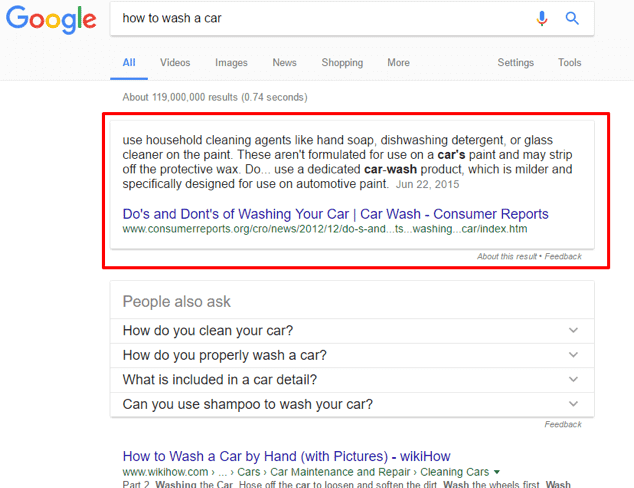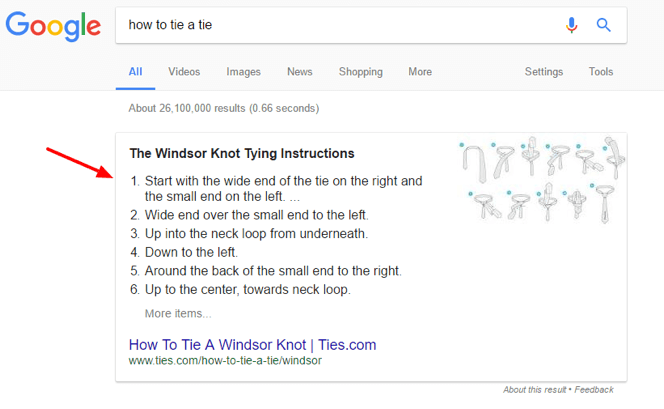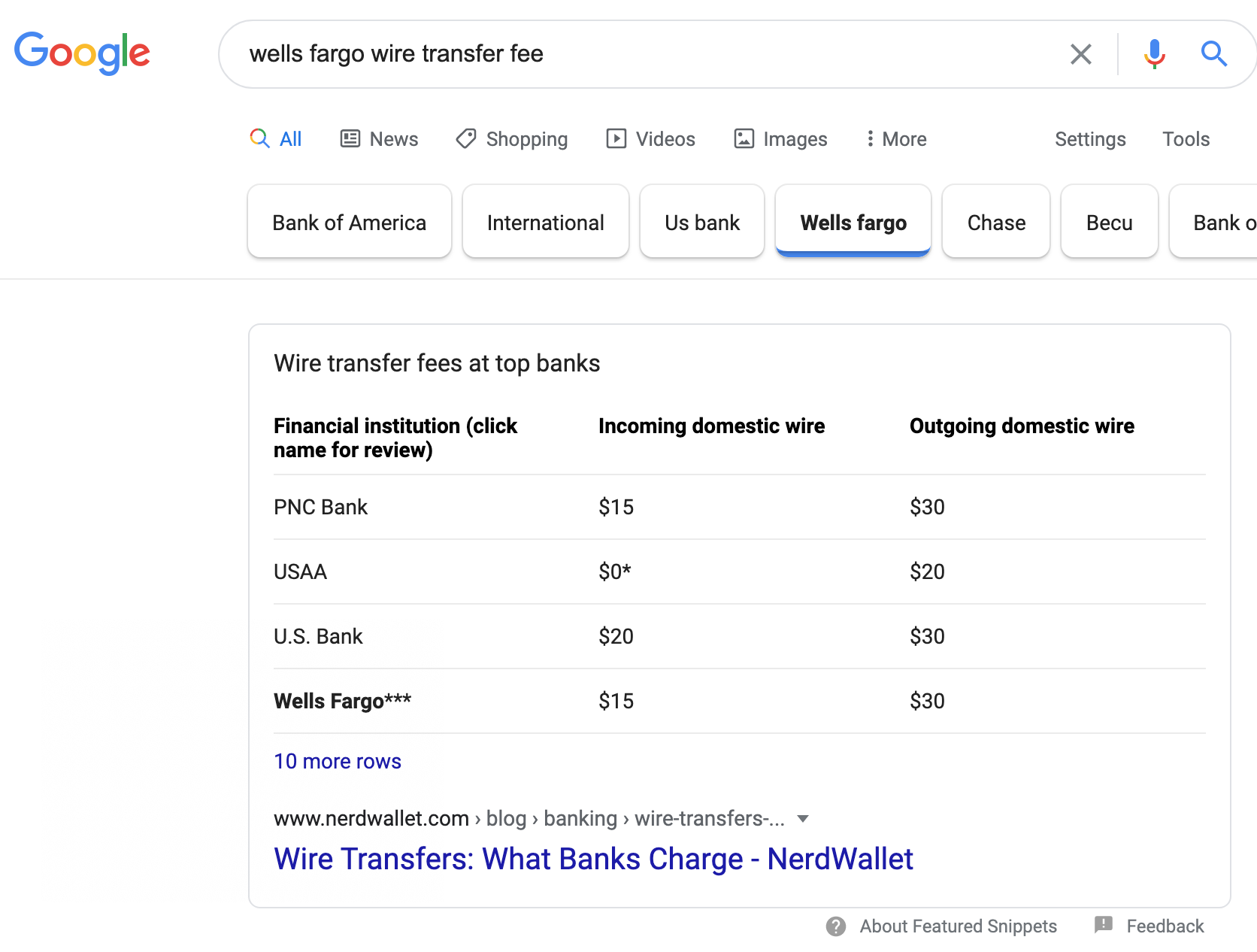Imagine this: you’ve been diligently working on your website, creating high-quality content and optimizing it for search engines.
Yet, despite your efforts, your traffic numbers aren’t quite where you’d like them to be.
Then one day, you check your analytics and notice a sudden surge in visitors.
What changed?
Your content was featured in a Google snippet, ranking it in “position 0” and driving a significant amount of traffic to your site.
If this sounds like a dream come true, you’re not alone.
The good news is that by understanding a few key concepts and implementing certain techniques, you can greatly increase your chances of obtaining those coveted featured snippets.
In this post, we’ll unravel the secrets to earning featured snippets on Google and how they can propel your website’s traffic potential.
First Off: What Is a Featured Snippet?

A featured snippet is a special type of search result that appears at the very top of Google’s search results page, right above the traditional organic search listings.
Often referred to as “position 0,” featured snippets are designed to provide users with quick, concise answers to their queries without necessarily having to click through to a website.
They are typically displayed in the form of a paragraph, list, or table, and include a link to the source website.
What makes featured snippets so appealing and desirable is the sheer visibility and authority they lend to your content.
When your website is featured in a snippet, it’s seen as a trusted source of information by both search engines and users alike.
Despite the user not technically needing to click onto your site to get their answer, a vast majority of clicks that DO happen on this search will go to yours — meaning that you still end up with a great amount of clicks.
By targeting featured snippets, you can significantly enhance your online presence and reach your website’s traffic and monetization goals more effectively.
Types of Featured Snippets and How to Target Them
There are several types of featured snippets that Google displays, and understanding each one can help you tailor your content to target them. Some common formats include:
1. Paragraph snippets

Paragraph snippets display a brief, summarized answer to a query in a paragraph format.
To increase your chances of being featured, include the exact match keyword as an H2 or H3 header and provide a concise answer to the user’s question in 40-60 words immediately after the header.
2. List snippets

These snippets showcase a list of items or steps.
To target list snippets, include the exact match keyword as an H2 or H3 header and follow it with an ordered (numbered) list for step-by-step guides or an unordered (bulleted) list for non-hierarchical lists.
3. Table snippets

Google may present data in a table format if it’s the most effective way to display information. To target table snippets, include the exact match keyword as an H2 or H3 header and organize your data into tables when it makes sense to do so.
4. FAQ Snippets

You surely recognize these frequently asked question snippets in Google search.
You might be surprised to find out that they do a terrific job of driving traffic to your site.
To get these, add FAQ schema markup to your articles and succinctly answer questions that your keyword research has unturned.
Identify the type of snippet most relevant to your content by researching your target keywords and analyzing the current featured snippets for those queries.
Create content that aligns with those formats.
Crafting Content Optimized for Featured Snippets
To optimize your content for featured snippets, follow these best practices:
- Answer the query concisely – Aim to provide a succinct answer to the user’s question within the first few paragraphs of your content. This increases the chances of being featured in a paragraph snippet. Use sentences with the word “is” or “are” in them to signify to Google’s crawler that you might be providing a definition.
- Use headers to structure your content – Break down your content using H2 and H3 headers to create a clear hierarchy. This not only improves readability but also helps Google understand the structure of your content.
- Use schema markup – Implementing schema markup can help search engines understand the context of your content and make it more likely to be featured in a snippet. Schema markup is a type of structured data that helps search engines better understand the content on a page.
Pro Tip: Keyword research plays a crucial role in optimizing your content for featured snippets. Our keyword gameplan tells you exactly which headers you should be using to give your article the best chance of receiving a featured snippet.
Conclusion
Earning featured snippets on Google is no easy feat. Even if you do everything right, there’s still an element of randomness to it, but it’s certainly worth the effort. In the worst case scenario, you at the very least are giving your reader a good experience, which will increase the likelihood of them finding what they needed and sharing your content.
By understanding the different types of snippets, crafting content optimized for them, and conducting thorough keyword research, you can greatly improve your chances of obtaining those sought-after “position 0” rankings.
So, stay persistent and be willing to learn and adapt your strategy. With time and practice, you can increase your website’s visibility, drive more traffic to your content, and ultimately achieve the results you’re aiming for.
And as always, if you have any questions or need further assistance, don’t hesitate to reach out.
-Justin
Help With Your Hustle
